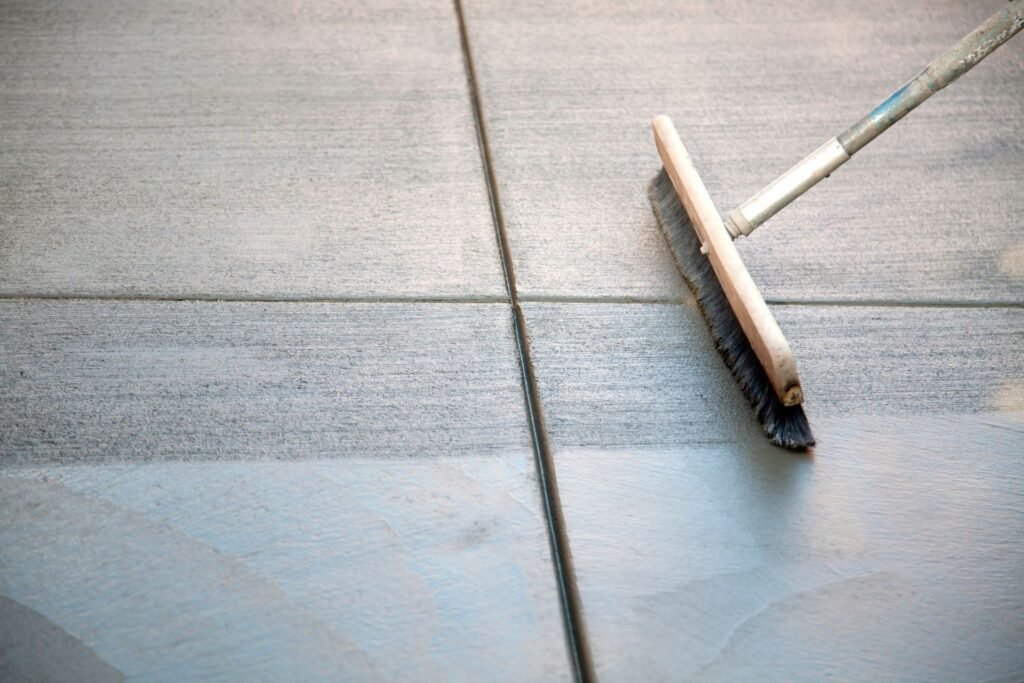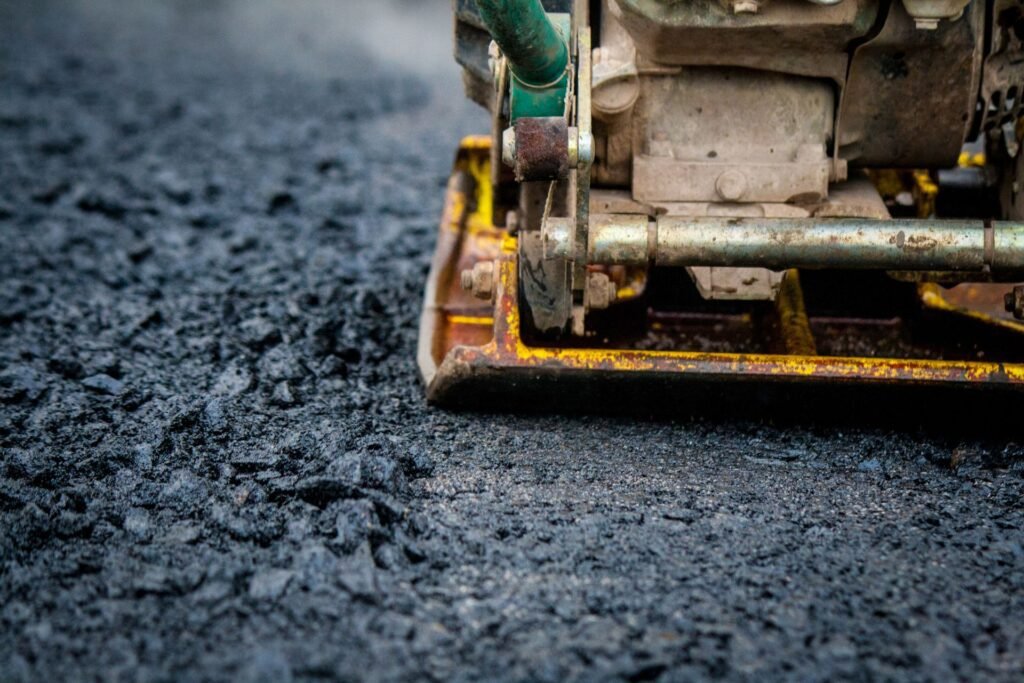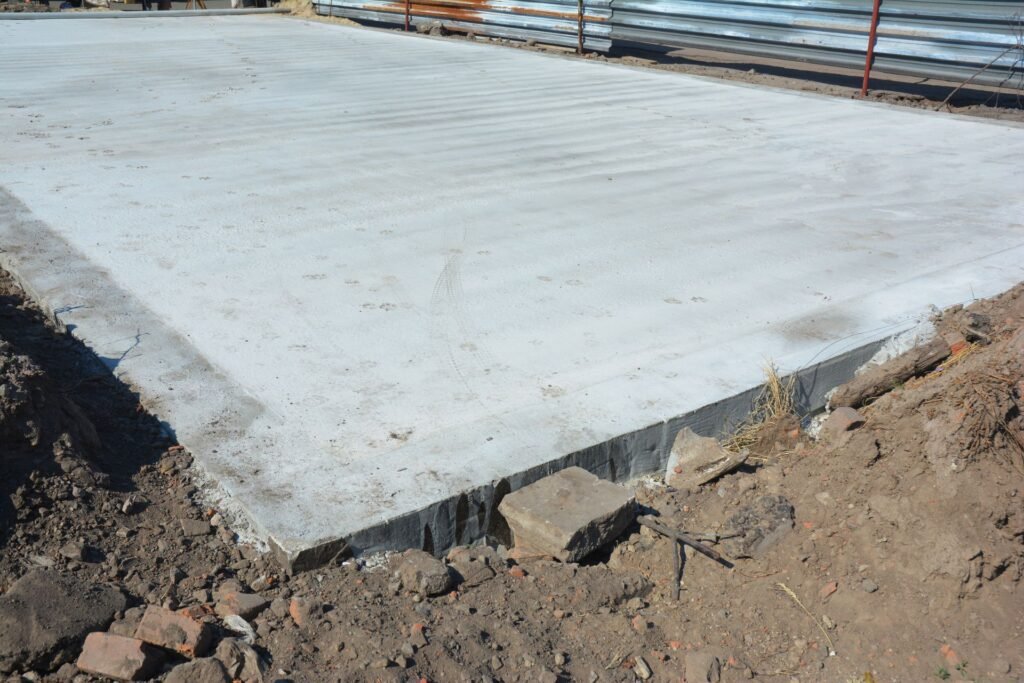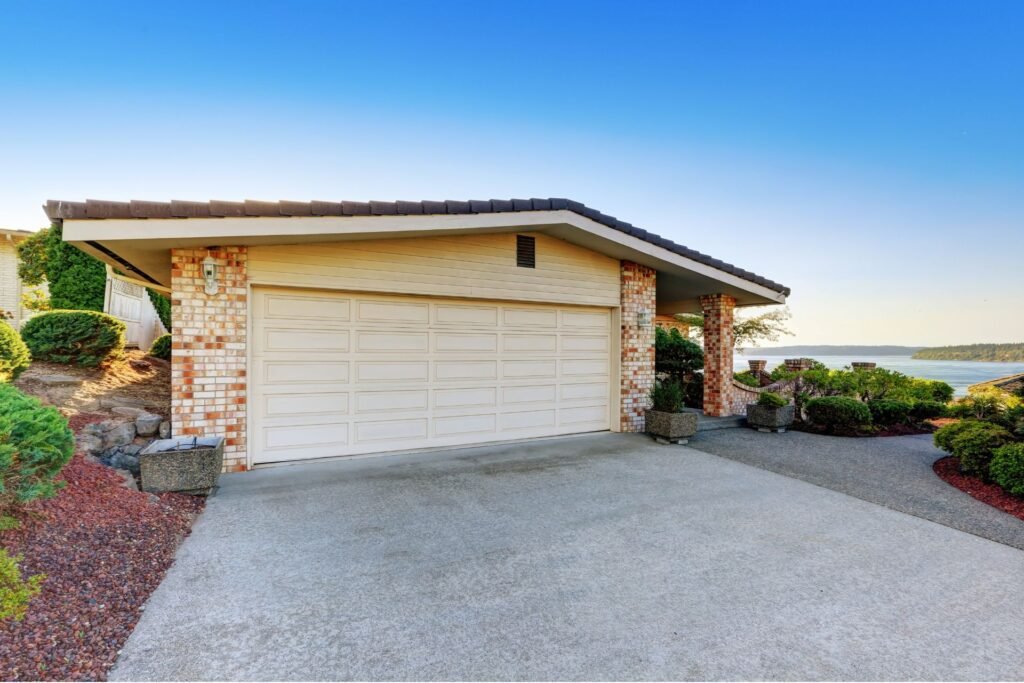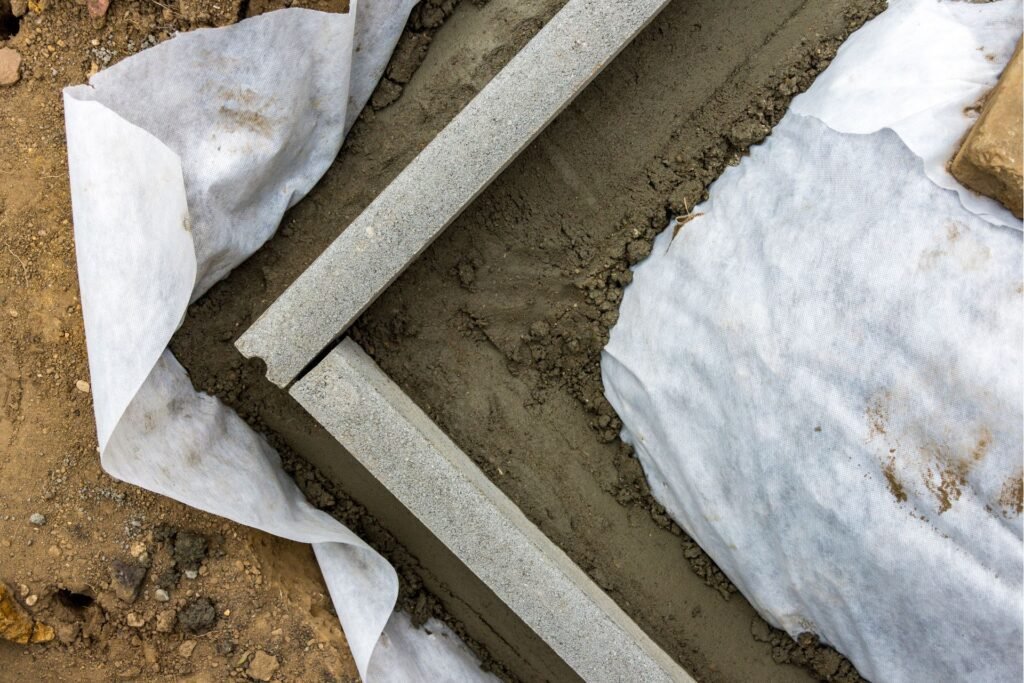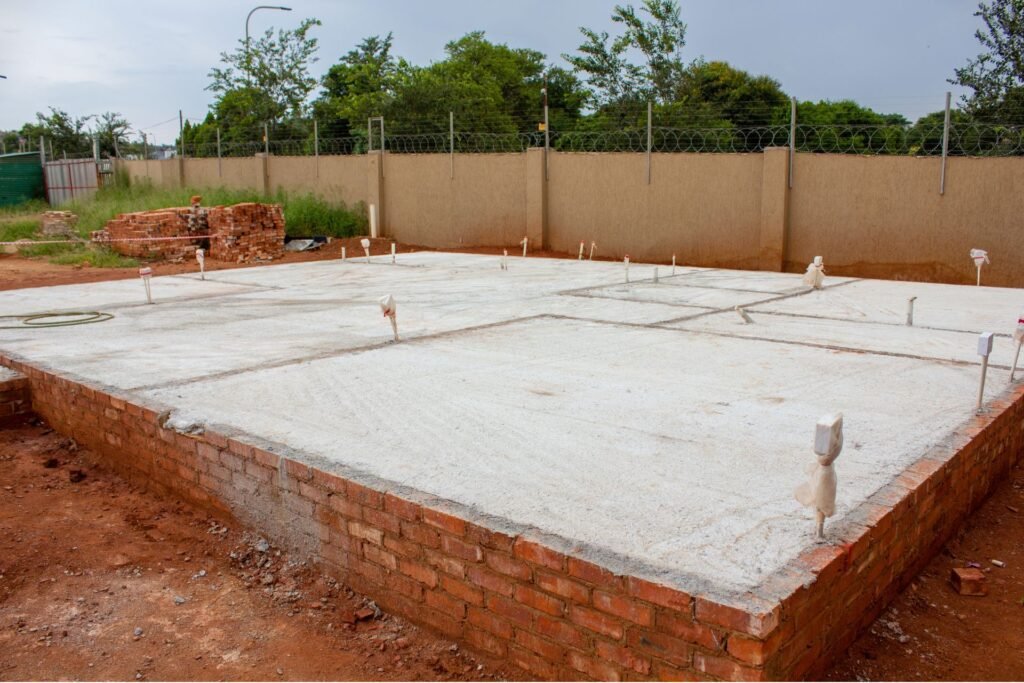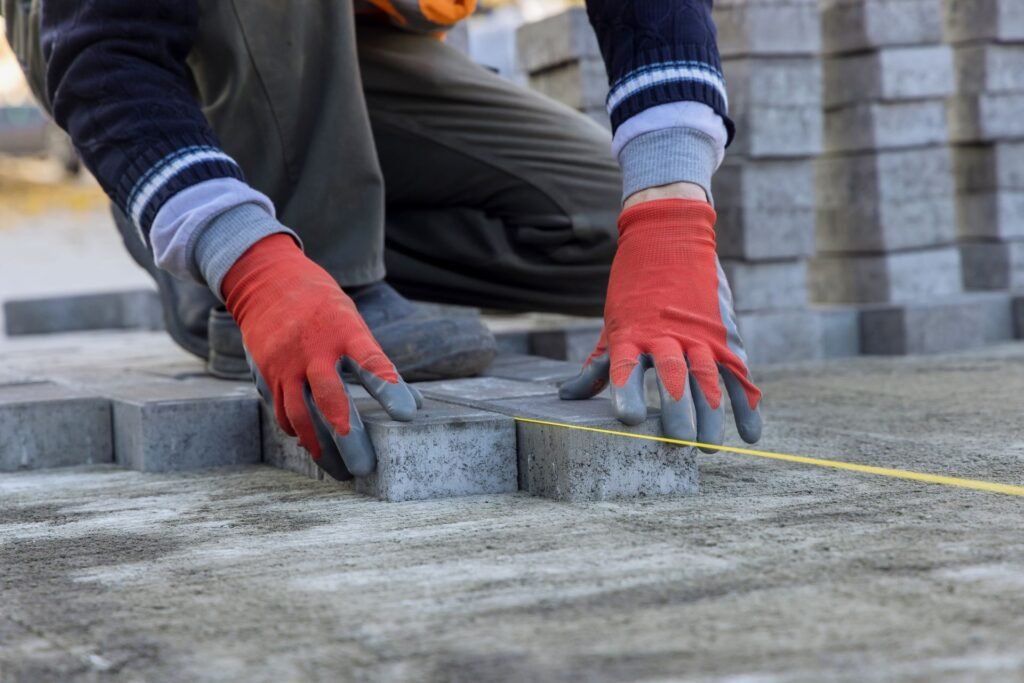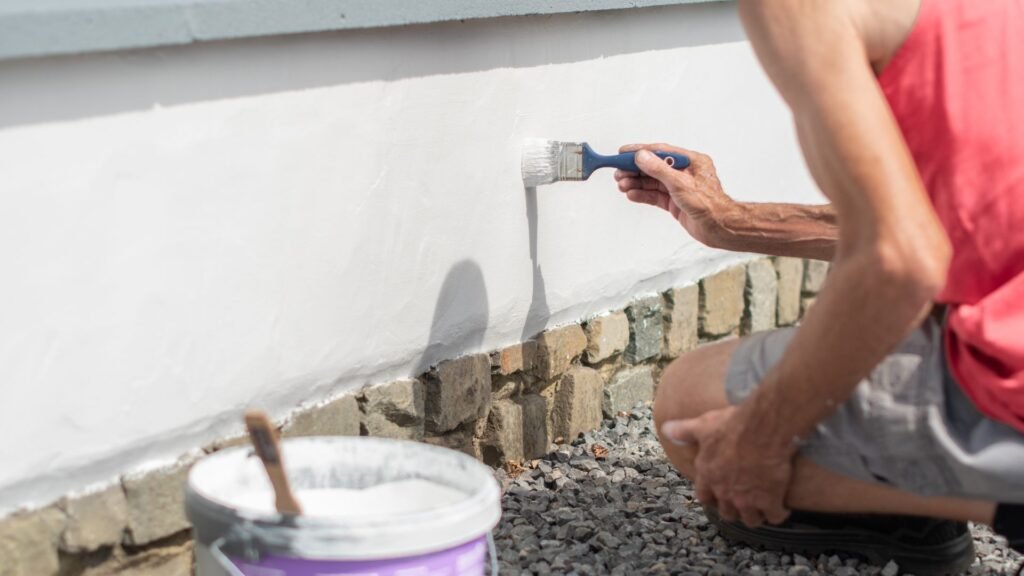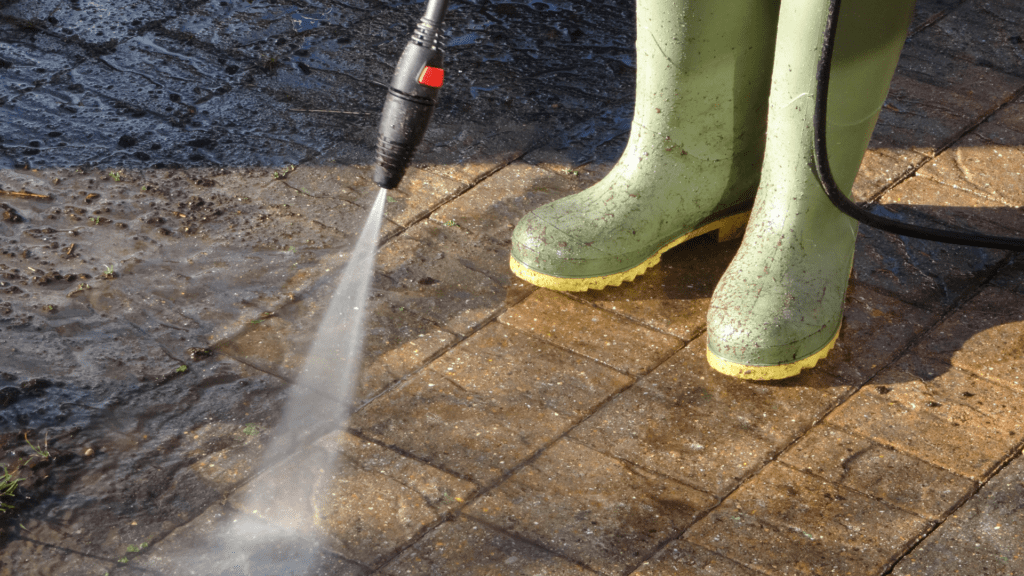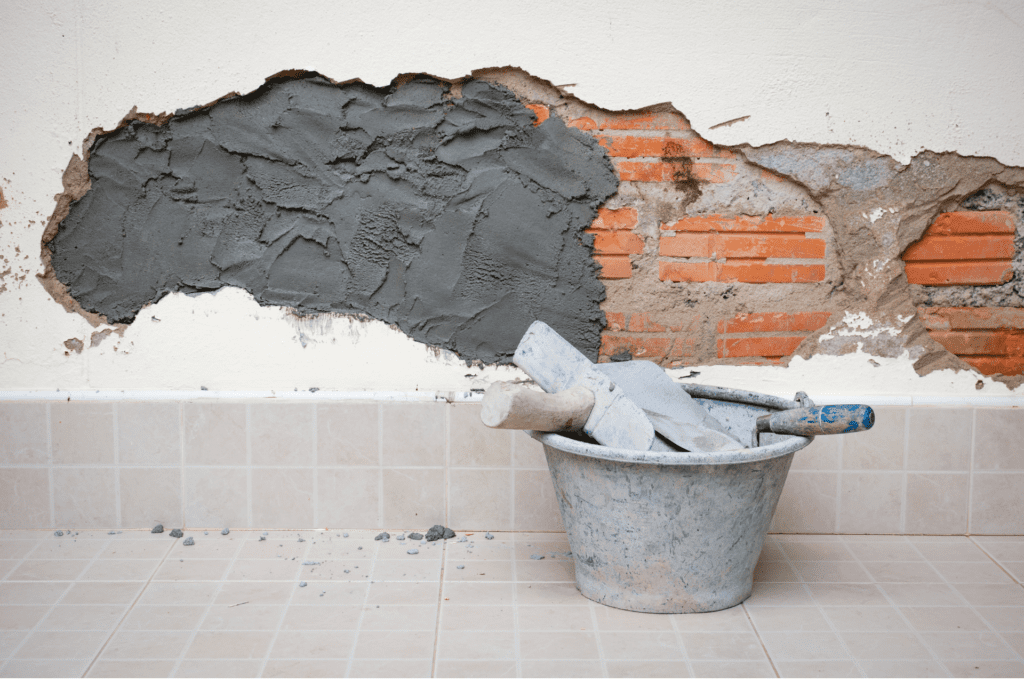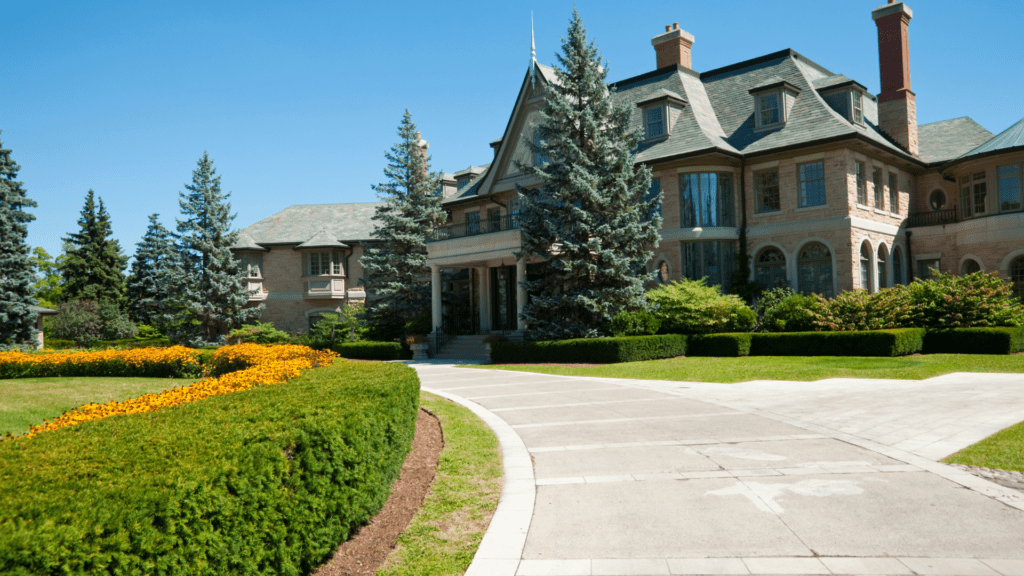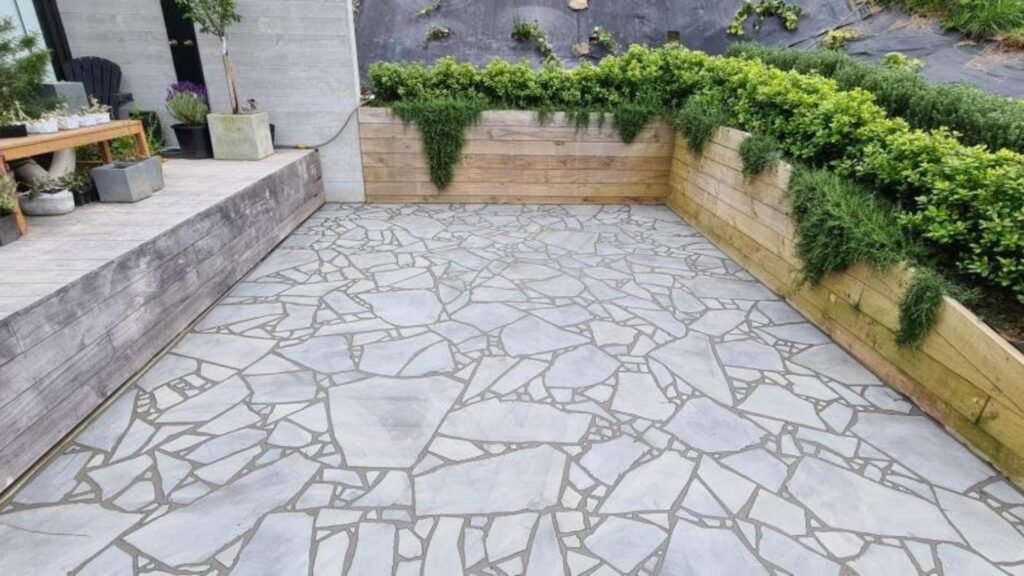Welcome to your go-to guide for understanding the concrete price per cubic meter in New Zealand for 2024. Whether you’re planning a home renovation, building a driveway, or tackling a larger construction project, getting a clear picture of concrete costs is essential for keeping your budget on track. In this post, we’ll break down everything you need to know about the factors that influence concrete pricing, from quality and delivery to market trends and seasonal demand. By the end, you’ll have all the insights you need to make informed decisions, avoid common pitfalls, and even find ways to save on your next project.
On average, the concrete price per cubic meter in New Zealand ranges from $200 to $300, depending on factors like the grade of concrete, location, and additional services. Prices can fluctuate due to regional demand, delivery costs, and market conditions, so it’s wise to obtain multiple quotes for the best deal on your project.
Table of Contents
What Is The Average Concrete Price Per Cubic Meter In NZ?
When planning any construction project in New Zealand, understanding the cost of materials is crucial, especially when it comes to concrete, a fundamental building block for many structures. Knowing the average price per cubic meter can help you budget effectively and avoid any surprises down the line.
2024 Price Range
As of 2024, the average price of concrete in New Zealand typically ranges between $200 and $300 per cubic meter. This pricing, however, can vary depending on several factors, including the region. For instance, prices in the North Island may differ slightly from those in the South Island due to transportation costs, availability of raw materials, and local demand. For example, urban areas like Auckland may experience slightly higher prices compared to more rural areas, reflecting the increased cost of living and logistics. It’s also important to note that specialized concrete mixes, such as those with higher strength or specific additives, could push prices above this range.
Comparison with Previous Years
When comparing 2024 concrete prices to those in previous years, a noticeable trend of gradual increases is evident. For context, just a few years ago, concrete prices hovered around the $180 to $250 per cubic meter mark. The recent rise in costs can be attributed to several factors. Firstly, inflation has naturally increased the cost of raw materials and labor, which has, in turn, raised concrete prices. Additionally, global supply chain disruptions, which became prominent during the COVID-19 pandemic, have had lingering effects, causing delays and increasing the cost of imported materials.
Moreover, the construction boom in New Zealand, driven by housing demand and infrastructure projects, has pushed demand for concrete higher, contributing to the price surge. It’s also worth noting that environmental regulations and the push towards more sustainable practices have introduced new costs, as the industry moves towards low-carbon concrete solutions. All these factors combine to create the current pricing landscape.
In summary, while the average price of concrete per cubic meter in New Zealand in 2024 is between $200 and $300, it’s essential to consider regional differences and recent trends when budgeting for your project. Understanding these nuances ensures better financial planning and a smoother construction process.
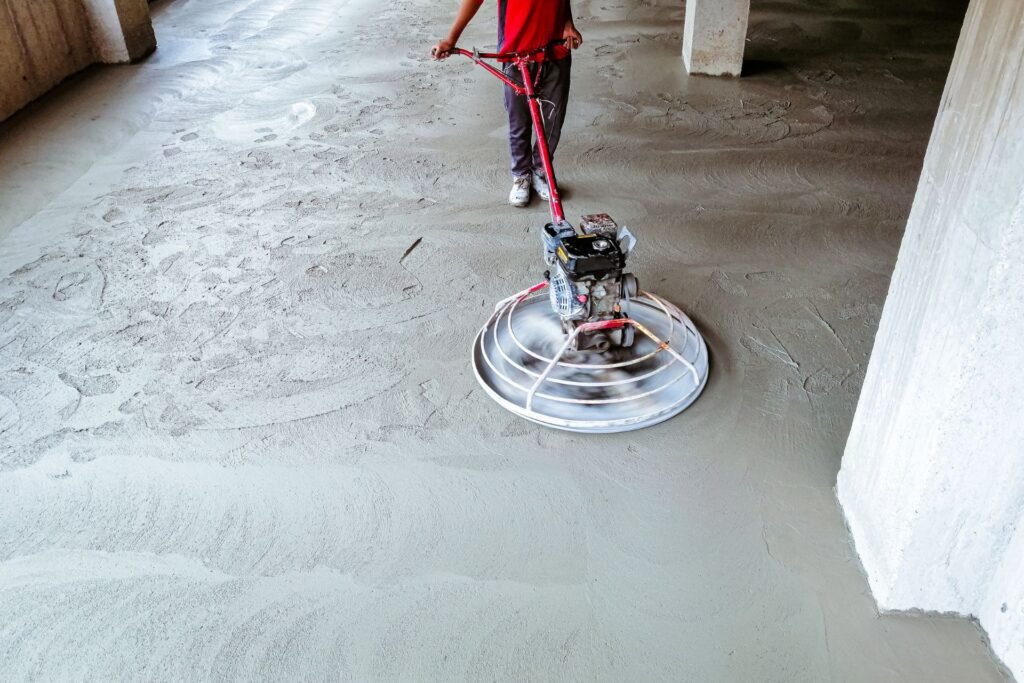
Factors Affecting The Cost Of Concrete Per Cubic Meter In NZ
When planning a construction project, understanding the various factors that influence the cost of concrete per cubic meter in New Zealand is crucial. This section breaks down the key elements that can impact pricing, helping you make informed decisions and manage your budget effectively.
Quality and Grade of Concrete
The grade of concrete plays a significant role in determining its cost. In New Zealand, concrete grades vary depending on their strength, which is measured in megapascals (MPa). The most commonly used grades are standard concrete (20 MPa to 30 MPa) and high-strength concrete (above 40 MPa).
Standard concrete is typically sufficient for general residential projects, such as driveways, pathways, and basic slabs. However, for more demanding applications like high-rise buildings, bridges, or large industrial floors, high-strength concrete is required due to its enhanced durability and load-bearing capacity. The higher the grade, the more expensive the concrete becomes, primarily because of the increased use of cement and other additives necessary to achieve the desired strength.
Location and Delivery Costs
Another crucial factor affecting the cost of concrete is the location of your project relative to the supplier. Concrete is a perishable product; therefore, its transportation requires careful planning. The farther the distance from the batching plant to your site, the higher the delivery cost.
Moreover, the accessibility of your site can significantly influence the overall price. For instance, if your construction site is in a remote area or has difficult terrain, specialized vehicles or additional labor may be required to deliver the concrete. These logistical challenges can add to your expenses. Additionally, urban areas with heavy traffic might incur higher costs due to delays and extended transportation times.
Additional Services and Features
When calculating the cost of concrete, it’s essential to consider any additional services or features you may require. Extras such as colored concrete, reinforcement, and unique finishing techniques can increase the overall price per cubic meter.
Colored concrete is popular for decorative purposes, such as patios, walkways, and driveways. However, the pigments used to achieve these colors are typically more expensive than standard concrete mixes. Reinforcement, whether through steel bars, mesh, or fibers, also adds to the cost but is necessary for projects that require additional strength or crack resistance. Moreover, specific finishing techniques, like exposed aggregate or polished concrete, require more labor and materials, further driving up the price.
Market Demand and Seasonal Factors
Market demand and seasonal factors also play a critical role in determining the cost of concrete. In New Zealand, the construction industry experiences peak periods, particularly in the warmer months when outdoor projects are more feasible. During these times, the demand for concrete can surge, leading to higher prices due to increased competition for resources and labor.
Conversely, during the off-peak seasons, typically in winter, demand may decrease, potentially lowering costs. However, adverse weather conditions can complicate the pouring and curing process, which might necessitate additional measures, such as insulation or heating, adding to the cost.
Understanding these factors allows you to anticipate and manage the costs associated with concrete for your project in New Zealand. By considering the grade, location, additional features, and market conditions, you can better estimate your budget and avoid unexpected expenses.
The cost of concrete per cubic meter in New Zealand is influenced by various factors, including the quality and grade of the concrete, location and delivery logistics, additional services, and the fluctuating market demand. Each of these elements contributes to the overall pricing, so it’s essential to consider them carefully when planning your project. By doing so, you can ensure that your project stays within budget while meeting all structural and aesthetic requirements.

How To Estimate The Cost For Your Project
When planning a concrete project, one of the most crucial steps is accurately estimating the costs involved. Understanding how to do this can save you both time and money, ensuring your project runs smoothly without unexpected financial surprises. Here’s a detailed guide on how to estimate the cost for your concrete project.
Calculating Volume Requirements
The first step in estimating the cost of your concrete project is to determine how much concrete you will need. This requires calculating the volume of concrete based on the specific type of project you’re undertaking, whether it’s a slab, driveway, or any other structure.
For a rectangular slab, the volume of concrete is calculated by multiplying the length, width, and thickness of the slab. The formula is simple:
Volume (in cubic meters) = Length (m) x Width (m) x Thickness (m)
For example, if you’re pouring a concrete slab that is 10 meters long, 5 meters wide, and 0.1 meters thick, the calculation would be:
Volume = 10 x 5 x 0.1 = 5 cubic meters
If your project involves a more complex shape, like a circular patio or a custom design, you’ll need to adjust your calculations accordingly, often breaking down the area into smaller, more manageable shapes or using specific geometric formulas.
Using Online Calculators
Once you’ve calculated the volume of concrete required, the next step is to estimate the cost. Fortunately, there are numerous online tools and calculators that can simplify this process. These tools typically ask for the dimensions of your project, the type of concrete mix you plan to use, and your location, as costs can vary regionally.
Popular and reliable online calculators include:
1. Concrete Network’s Concrete Calculator – This user-friendly tool helps you estimate the amount of concrete needed for slabs, footings, and columns.
2. The Calculator Site’s Concrete Calculator – It provides options for different units and concrete forms.
3. Ready Mix USA’s Cost Calculator – Tailored for the U.S. market, this tool also offers cost estimations based on local pricing.
Using these calculators not only helps in estimating the volume but also gives you a ballpark figure for the cost based on current market rates. However, remember that these tools provide estimates, and actual prices may vary depending on factors like delivery fees, labor costs, and material quality.
Getting Accurate Quotes
To get a more accurate estimate of your project’s cost, it’s essential to gather quotes from multiple suppliers. Here’s how you can ensure you get the best deal:
1. Research Multiple Suppliers: Don’t just settle for the first quote you receive. Reach out to at least three different suppliers to compare prices. Make sure you’re comparing apples to apples by ensuring each quote includes the same quality of concrete, delivery fees, and any other relevant charges.
2. Ask for Detailed Breakdowns: Request a detailed quote that outlines the costs for materials, delivery, and any additional services like pumping or finishing. This will help you identify any hidden fees and make a more informed decision.
3. Consider the Supplier’s Reputation: Sometimes, the cheapest option isn’t the best. Consider the supplier’s reputation, their punctuality, and the quality of their materials. Reading reviews or asking for recommendations can provide insights into their reliability.
4. Negotiate: Don’t be afraid to negotiate, especially if you’re working on a large project. Suppliers may be willing to offer discounts for bulk purchases or if you’re flexible with delivery times.
By carefully calculating your volume requirements, utilizing reliable online calculators, and obtaining multiple quotes, you’ll be better positioned to estimate the true cost of your concrete project accurately. This approach not only helps you stay within budget but also ensures the quality and durability of your project.

Tips For Reducing Concrete Costs
When planning a project that involves concrete, managing costs is often a top priority. Whether you’re working on a small backyard project or a large-scale construction, being strategic about how you source, schedule, and execute your concrete work can lead to significant savings. In this section, we’ll explore practical tips for reducing concrete costs without compromising on quality.
Buy in Bulk
Purchasing concrete in larger quantities can lead to substantial cost savings. When you buy in bulk, suppliers are often willing to offer discounts because it reduces their overall delivery and production costs. This is particularly beneficial for large projects that require a significant amount of concrete. Even for smaller projects, coordinating with neighbors or nearby construction sites to place a combined order can unlock bulk pricing. However, it’s essential to balance the cost savings with the potential for waste if you overestimate your needs. Proper planning and accurate calculations are key to making the most out of bulk purchases.
Flexible Scheduling
Another effective way to cut concrete costs is by being flexible with your project timeline. Concrete suppliers often experience fluctuations in demand, with certain times of the year or even specific days of the week being busier than others. By scheduling your project during off-peak times, such as late fall or early spring, or mid-week instead of weekends, you might be able to negotiate lower rates. Some suppliers offer discounts for projects that can be scheduled around their availability, which helps them optimize their operations. Flexibility not only helps you save money but also ensures that your project stays on track without unnecessary delays due to supplier constraints.
Local Suppliers vs. National Chains
Choosing between local suppliers and national chains can have a significant impact on your concrete costs. Local suppliers often offer more personalized service, quicker delivery times, and potentially lower prices due to reduced transportation costs. They may also have better knowledge of the local conditions and materials that perform well in your area. On the other hand, national chains may provide more competitive pricing due to economies of scale and greater buying power, but this doesn’t always translate to lower costs for the consumer. Additionally, working with a local supplier can support your community and foster relationships that could lead to future savings. Weighing these factors will help you make an informed decision that aligns with your budget and project needs.
DIY vs. Hiring Professionals
Deciding whether to tackle a concrete project yourself or hire professionals is another crucial consideration when looking to reduce costs. DIY can be significantly cheaper since you’ll save on labor costs, which can often exceed the cost of the materials. However, concrete work requires skill, precision, and the right tools; mistakes can be costly to fix and may even exceed the initial savings. For straightforward projects like small walkways or garden slabs, DIY might be a viable option if you have some experience. However, for larger or more complex projects, hiring professionals can ensure a higher quality finish and avoid the risk of costly errors. In some cases, combining both approaches—doing the prep work yourself and leaving the concrete pouring to the pros—can be a cost-effective compromise.
In conclusion, reducing concrete costs requires a strategic approach that considers bulk purchasing, flexible scheduling, choosing the right supplier, and evaluating the pros and cons of DIY versus professional help. By carefully planning and weighing these options, you can achieve substantial savings on your concrete project without sacrificing quality or efficiency.
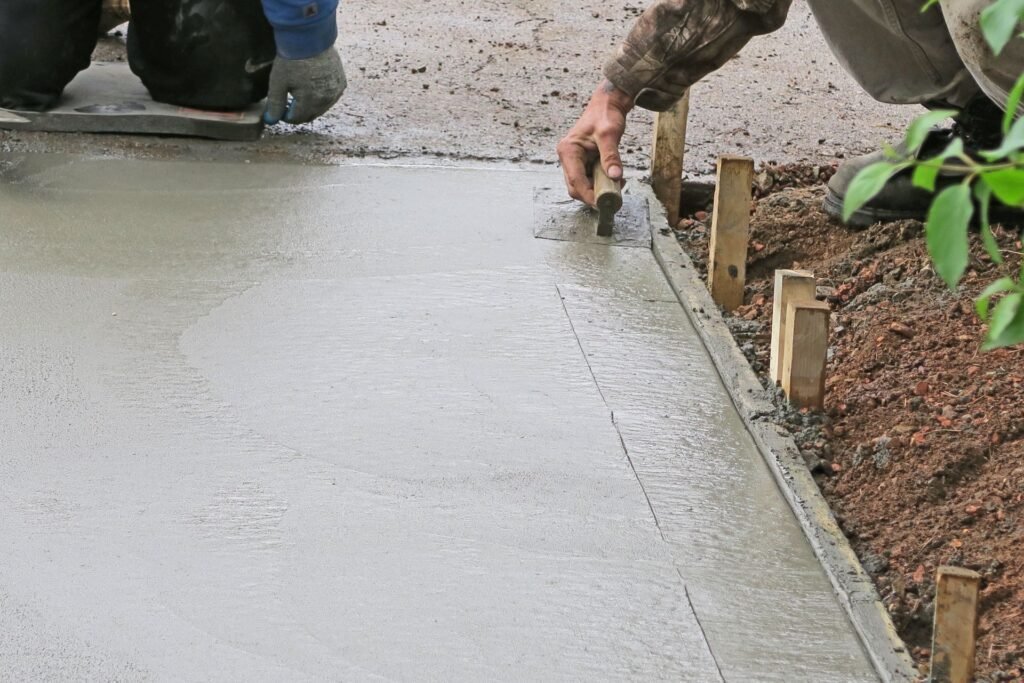
Common Mistakes To Avoid When Budgeting For Concrete
When planning a concrete project, budgeting accurately is crucial. Many projects encounter setbacks due to common budgeting errors that could easily have been avoided. In this section, we’ll delve into three key mistakes often made when budgeting for concrete, and how you can avoid them.
Underestimating the Required Volume
One of the most frequent mistakes is underestimating the amount of concrete needed for your project. This can happen due to incorrect measurements, not accounting for wastage, or misjudging the project’s requirements. Underestimating the volume of concrete can lead to costly interruptions, as you’ll need to order additional material, often at a higher price due to smaller quantities or rushed delivery. Moreover, delays from running short can disrupt timelines, leading to increased labor costs. Accurate measurement and consultation with a professional can help ensure you budget for the right amount of concrete from the start, preventing these unnecessary expenses.
Ignoring Hidden Costs
Budgeting for concrete involves more than just calculating the cost of the material. Hidden costs like site preparation, extra labor, and waste disposal are often overlooked but can significantly impact your budget. For instance, site preparation might involve clearing, grading, or adding a subbase, all of which add to the overall cost. Additional labor may be required for tasks like reinforcing steel installation or finishing, which also increases expenses. Furthermore, waste disposal costs can add up if there is excess material or debris to remove. By considering these factors in your initial budget, you can avoid unpleasant financial surprises later on.
Overlooking Long-Term Durability
A common mistake is compromising on the quality of materials to save money upfront, ignoring the long-term durability of the concrete. While it might seem like a good idea to cut costs initially, this approach often leads to higher expenses in the long run. Poor quality concrete can lead to cracks, weather damage, and other issues that require costly repairs or even full replacement sooner than expected. Investing in high-quality materials and proper installation from the outset ensures the concrete will stand the test of time, providing better value and peace of mind over the years.
By avoiding these common mistakes—underestimating volume, ignoring hidden costs, and compromising on quality—you can create a more accurate budget for your concrete project, saving time, money, and frustration in the long run.

Case Studies And Real-Life Examples
When considering the cost and execution of asphalt projects, real-life examples provide invaluable insights. In this section, we dive into two case studies that highlight the practical aspects of asphalt paving—one focused on a residential driveway in Auckland and the other on a small business warehouse in Christchurch. These examples offer a detailed view of the factors influencing costs and the challenges faced in different environments.
Residential Driveway in Auckland
A typical residential driveway project in Auckland provides a clear example of how costs can vary depending on several factors. For this case study, let’s examine a 50-square-meter driveway in a suburban neighborhood.
Cost Breakdown
- Site Preparation: The first step involves clearing the existing surface, which may include removing old pavement, grass, or debris. In this example, site preparation costs about $25 per square meter, totaling $1,250.
- Base Layer Installation: A stable base layer is crucial for long-term durability. The cost for gravel and labor to install this base averages $35 per square meter, adding $1,750 to the project.
- Asphalt Layer: The asphalt layer itself typically costs around $50 per square meter, totaling $2,500 for this driveway.
- Finishing Touches: Additional costs can include edging, drainage solutions, and sealing, which might add another $500 to $1,000 depending on specific requirements.
Total Cost Estimate: For this typical residential driveway in Auckland, the project would cost between $6,000 and $7,000.
Considerations: Auckland’s variable weather can impact both scheduling and material selection. The presence of clay soils in some areas may require enhanced drainage solutions, which can increase costs. Moreover, homeowners often opt for sealing the asphalt after installation to extend its lifespan, which should be factored into the total budget.
Small Business Warehouse in Christchurch
Shifting to Christchurch, we examine a small business warehouse project. Here, the scale and functional requirements differ significantly from a residential project, leading to unique challenges.
Project Overview: The warehouse’s asphalt paving covered an area of 200 square meters, designed to support heavy vehicles and frequent use.
Challenges Faced
- Heavy Load Requirements: The asphalt needed to withstand the weight of delivery trucks, necessitating a thicker base and asphalt layer. This increased the material and labor costs significantly.
- Drainage Solutions: Given Christchurch’s history of earthquakes, proper drainage was essential to prevent water from undermining the structure. Advanced drainage systems were installed, which added complexity and cost to the project.
- Weather Considerations: Christchurch’s colder climate and potential for frost required the use of specialized asphalt mixtures to ensure durability and prevent cracking.
Cost Breakdown
- Site Preparation: Clearing and leveling the site cost around $30 per square meter, totaling $6,000.
- Reinforced Base Layer: Due to the heavy load requirements, a reinforced base layer was installed, costing $50 per square meter, adding $10,000.
- Specialized Asphalt Layer: A thicker, more durable asphalt mixture was used, costing $65 per square meter, totaling $13,000.
- Drainage and Finishing: Advanced drainage systems and finishing touches added another $5,000 to the project.
Total Cost Estimate: The final cost for the small business warehouse project in Christchurch was approximately $34,000.
Considerations: For business owners, durability and functionality are key priorities. The upfront investment in higher-quality materials and construction techniques pays off in reduced maintenance costs and longer lifespan. Additionally, the need for specialized drainage in Christchurch was a significant factor, ensuring the longevity of the paving in a seismically active region.
These case studies underline the importance of tailoring asphalt projects to the specific needs of the location and intended use. While costs can vary, understanding the underlying factors—such as site conditions, material requirements, and environmental challenges—enables better planning and budgeting. Whether it’s a residential driveway in Auckland or a business warehouse in Christchurch, careful consideration of these elements ensures a successful and cost-effective asphalt paving project.
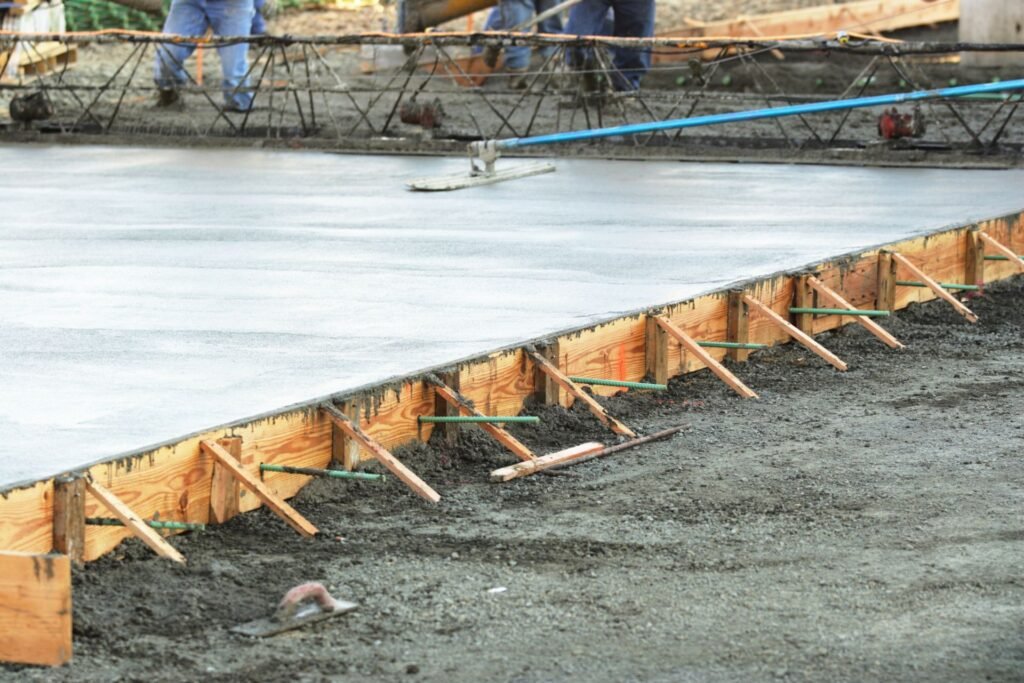
FAQs: About Concrete Price Per Cubic Meter NZ
What is the average price of concrete per cubic meter in New Zealand?
On average, the concrete price per cubic meter in New Zealand ranges from $200 to $300. However, this can vary depending on factors such as the grade of concrete, location, and additional services.
What factors influence the cost of concrete in New Zealand?
Several factors influence the cost of concrete, including the grade of concrete, delivery distance, site accessibility, market demand, seasonal factors, and any additional services like reinforcement or colored finishes.
How can I calculate the amount of concrete I need for my project?
To calculate the amount of concrete needed, multiply the length, width, and depth of the area you want to fill. For example, for a slab 5 meters long, 3 meters wide, and 0.1 meters deep, you would need 1.5 cubic meters of concrete.
Are there regional price differences for concrete in New Zealand?
Yes, there are regional price differences. Concrete prices can vary between the North and South Islands, and even within regions, depending on factors like local demand and availability of materials.
Is it cheaper to buy concrete in bulk?
Buying concrete in bulk can be more cost-effective, especially for larger projects. Many suppliers offer discounts for larger orders, which can help lower the overall cost per cubic meter.
Can I reduce concrete costs by opting for a lower grade?
While choosing a lower grade of concrete might reduce costs upfront, it’s important to ensure the grade meets the structural requirements of your project. Using a grade that is too low could lead to future repairs and increased long-term costs.
Should I hire a contractor or do the concrete work myself?
Hiring a professional contractor ensures the job is done correctly, which can save time and avoid costly mistakes. However, if you have the necessary skills and tools, doing the work yourself can reduce labor costs.
What are the hidden costs associated with concrete projects?
Hidden costs can include site preparation, additional labor, reinforcement materials, waste disposal, and potential delivery surcharges. It’s important to consider these when budgeting for your project.
How does seasonal demand affect concrete prices?
Concrete prices can be higher during peak construction seasons, typically in the warmer months, due to increased demand. Scheduling your project during off-peak times might result in lower costs.
How can I ensure I’m getting the best price for concrete?
To get the best price, compare quotes from multiple suppliers, consider any bulk discounts, and be flexible with your delivery schedule. Additionally, choosing local suppliers can reduce transport costs.
Conclusion
In conclusion, understanding the various factors that influence the price of concrete per cubic meter is crucial for anyone planning a construction project. By considering key elements such as material costs, labor, transportation, and regional market trends, you can better estimate your project’s budget and avoid unexpected expenses. Staying informed about current market conditions and consulting with industry professionals can further ensure that you make well-informed decisions. As you move forward with your project, use the knowledge gained from this article to plan with confidence. We encourage you to share this information with others who might benefit, and feel free to leave any questions or experiences in the comments below.
About the Author:
Mike Veail is a recognized digital marketing expert with over 6 years of experience in helping tradespeople and small businesses thrive online. A former quantity surveyor, Mike combines deep industry knowledge with hands-on expertise in SEO and Google Ads. His marketing strategies are tailored to the specific needs of the trades sector, helping businesses increase visibility and generate more leads through proven, ethical methods.
Mike has successfully partnered with numerous companies, establishing a track record of delivering measurable results. His work has been featured across various platforms that showcase his expertise in lead generation and online marketing for the trades sector.
Learn more about Mike's experience and services at https://theleadguy.online or follow him on social media:

